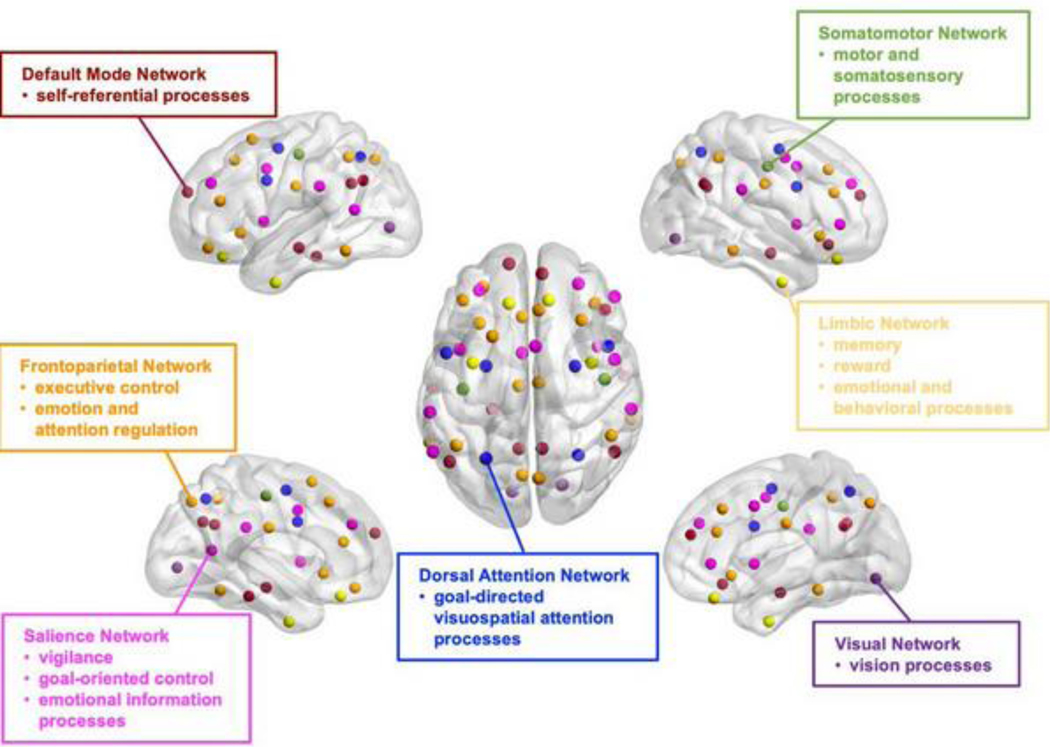Figure 1. Cognition related resting-state networks (RSNs).
Each RSN has been suggested to play an important role in specific cognitive and/or behavioral domain(s): DMN, self-referential processes; LIM, memory, reward, emotional and behavioral processes; FPN, executive control, emotion and attention regulation; SAN, vigilance, goal-oriented control, and emotional information processes; DAN, goal-directed visuospatial attention processes; SMN, motor and somatosensory processes; VIS, vision processes (for details, see Box 1). The color-coded nodes depicts seven RSNs defined by the Yeo parcellation [208]. RSNs, resting-state networks; DMN, default mode network; LIM, limbic network; FPN, frontoparietal network; SAN, salience network; DAN, dorsal attention network; SMN, somatomotor network; VIS, visual network. The brain mapping for RSNs were plotted by BrainNet Viewer.

